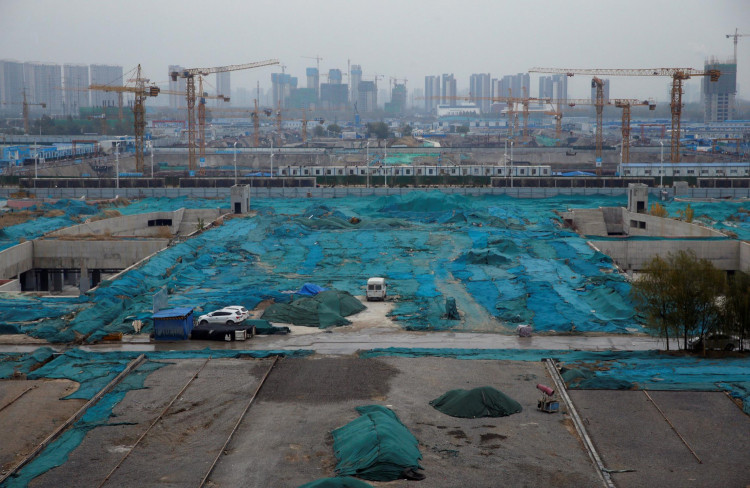China is planning to build at least 4,000 kilometers of new rail lines this year, including 2,000 kilometers of high-speed tracks, the country's top rail operator disclosed on Thursday.
This year's expected development of new railways is part of the nation's effort to maintain large-scale investment in fixed assets, said Lu Dongfu, Chinese State Railway Group's general manager, during the firm's annual conference.
In December, the Ministry of Transport said China will spend at least 2.7 trillion yuan ($386 billion) this year on transport infrastructure projects, with 800 billion yuan being allotted to railways.
In 2019, Chinese railway companies poured in 802.9 billion yuan and 8,489 kilometers of new tracks became operational, meeting the annual investment goals of 800 billion yuan and 6,800 kilometers of new lines.
As a result, China's rapidly expanding rail network reached a total length of 139,000 kilometers by the end of last year, while the high-speed rail network surpassed 35,000 kilometers, a year ahead of the country's proposal to build a total of 30,000 kilometers of high-speed railway lines by 2020.
Among last year's 51 new train lines, the opening of the high-speed track between Beijing and Zhangjiakou, co-host city of the 2022 Winter Olympics, on Monday marks significant progress in China's high-speed train autopilot system.
Trains will run automatically at a programmed maximum speed of 350 kilometers per hour, fitted with the system. As for this year, steps will continue to be taken to strengthen areas of weakness in the railway infrastructure of the country, Lu pointed out.
Building the Sichuan-Tibet Railway, the second railway following the Qinghai-Tibet line into the Tibet autonomous region, will be a major project this year, he said.
The company called for preparatory works on the official launch of the project, including designing a plan to coordinate the early construction of certain sections, moving forward with the initial design of the railway, and establishing its defined technical and management standards.
Lu also disclosed in the conference that the rail sector's total revenue rose to 818 billion yuan in 2019 by 6.1 percent year-on-year, and is projected to hit 868 billion yuan by the end of 2020.
Zhang Xiaodong, a professor of economics in rail transport at Beijing Jiaotong University, said that since the launch of China's first high-speed railway - the Beijing-Tianjin line in 2008 - the country has installed more high-speed rail lines than Japan and Europe has done in four decades.
According to China State Railway Group Co., Ltd., the number of passenger trips operated by China's railways reached 3.57 billion in 2019, up 7.8 percent year-on-year. Out of the total, some 2.3 billion passenger trips were made on bullet trains, up 14 percent from the previous year.






